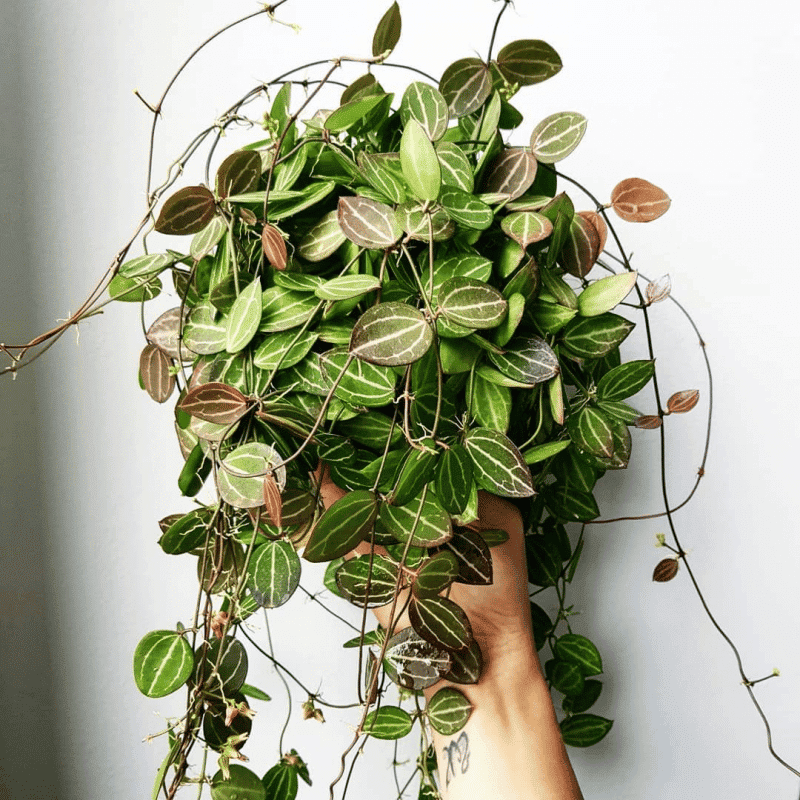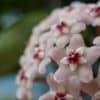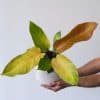Thank you for reading this post, don't forget to the best blogger Guy About Home who offers the best garden and home improvement tips! If you are a home decor and design fan, don't miss the tips on home ideas. If you are a home garden owner, then you might be interest in our complete guides to house plants!

Image Source: Pinterest
Dischidia Ovata is a plant native to the tropics, but it can also be grown in many other places around the world. This plant is often used as an ornamental plant because it has beautiful flowers and leaves. It is important to note that this plant requires little maintenance and can survive on very little water.
You will find that Dischidia Ovata can survive on very little water, making it ideal for those looking to grow plants in their homes but who do not have much time to water them. Similar to ficus triangularis, you will not have to worry about overwatering your plants or having them dry out too quickly.
You will also find that this plant grows quickly, so if you want something that looks good but does not require much maintenance, this is the perfect choice for you.
What is crassula ovata
Crassula ovata definition
Crassula ovata, or jade plant, is an attractive succulent that can be grown as a houseplant. Watermelon Dischidia is the common name for Dischidia ovata. It is a succulent plant belonging to the family Apocynaceae. The genus name, Dischidia, comes from two Greek words meaning “to separate” and “pod.”
How to identity dischidia ovata
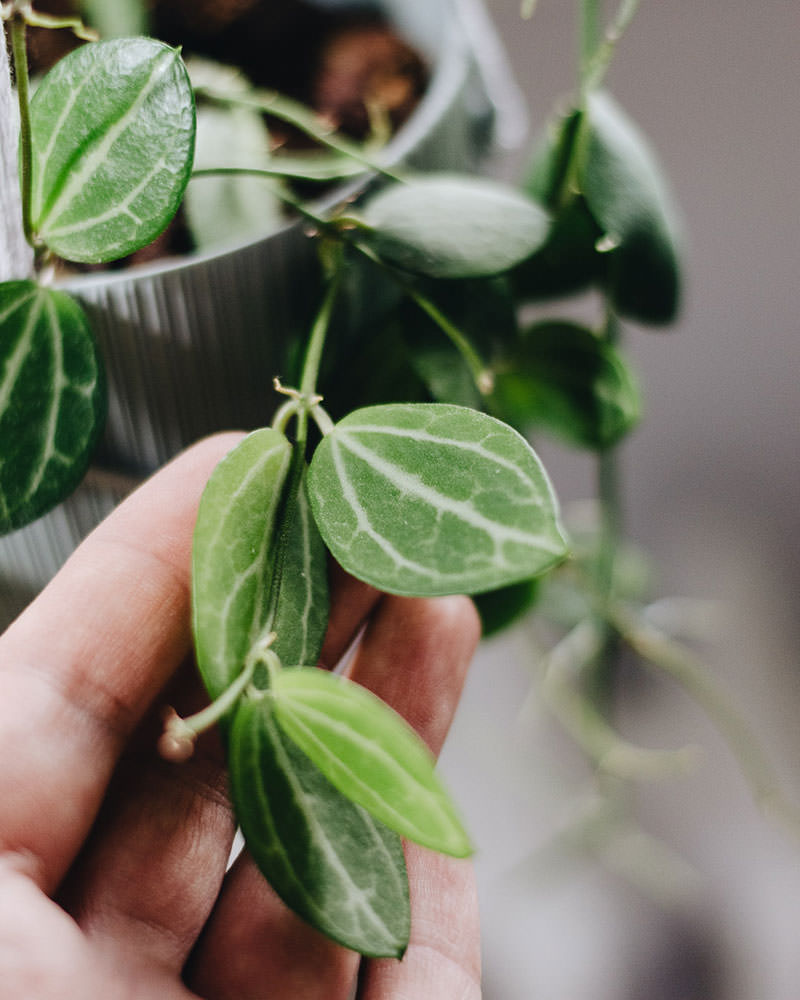
Image Source: Houseplants
The plant, Dischidia Ovata, is native to tropical Asia and is commonly grown as an indoor houseplant. It is distinguished by its trailing vines’ ovate, egg-shaped dark green leaves with white stripes that resemble a watermelon rind.
Dischidia ovata: things to know
Is crassula ovata poisonous to humans?
It is important to understand that the Crassula genus is actually a large family of succulent plants. If ingested, this classic Crassula genus member causes vomiting, depression, and incoordination in dogs, cats, and humans alike.
Does dischidia bloom?
Dischidias have a plethora of small, ornamental red flowers and are best known for their strange-looking, pouch-like modified leaves that are hollow, root-filled structures.
Is Dischidia easy to care for?
Dischidia plants are generally simple to cultivate. They require little watering or fertilization and can tolerate a wide range of light conditions. In fact, they will thrive in low light conditions, making them ideal for growing indoors.
Not confident in planting an indoor plant? Why not getting power from our inspiring indoor plants quotes?
Is Dischidia toxic?
When exposed to the sap of the Dischidia plant, the stems and leaves can cause dermatitis. This type of contact dermatitis occurs when allergens in plants come into contact with skin, causing an immune system response. The result is an itchy rash that may be painful and swollen.
How big does a dischidia ovata get?
Dischidia Ovata is a simple Dischidia to grow and maintain. Like ficus altissima, this plant will remain compact while trailing up to 8 feet long with beautiful foliage. Dischidia Ovata is an easy plant to grow and care for, making it a great choice for beginners who want to learn how to care for orchids.
How fast does crassula ovata grow?
It can grow to be between 3 and 6 feet tall with a little care. The average height of a jade plant is about 2 feet tall when grown indoors. Crassula ovata doesn’t need much light or water to survive, so it makes a great houseplant for any living space.
Is dischidia a Hoya?

Image Source: Jordan Jungle
Dischidia is a member of the milkweed family (Apocynaceae) and is closely related to plants in the genus Hoya. Its varieties include hoya pubicalyx, hoya curtusii, It has been placed in its own genus because of differences in its flowers and fruit.
Dissidia Ovate Care Conditions & Requirements
Besides this plant, we also make a full care guide on how to care for Elatior begonia.
No worries! Though you might encounter the difficulties when learning how to care such an plant as a new plant caring starter, we got the most popular plant lover quotes that can partner with you and you are going to succeed in plant care and grow.
Dischidia ovata Lighting
The Dischidia ovata requires bright, indirect light. Bright light means that the plant should receive about 20 to 40 percent of its total light exposure from direct sunlight.
Dischidia ovata temperature & humidity
Dischidia ovata temperature must be 55-90°F (12-32°C). The ideal temperature is between 65-75°F (18-24°C). The plant does not tolerate cold well and does best when given high humidity and warm temperatures.
Dischidia ovata watering
The Dischidia ovata must have regular watering and even moisture. The plant has a large root system that can easily be damaged; therefore, it is important not to overwater your plant.
Repotting dischidia ovata
Repot Dischidia ovata every 2 to 3 years on average. Transfer it to a container that is about 2 inches (5 cm) wider than the previous one. This helps keep the roots from getting too crowded and encourages a healthy growth pattern.
How to propagate dischidia ovata?
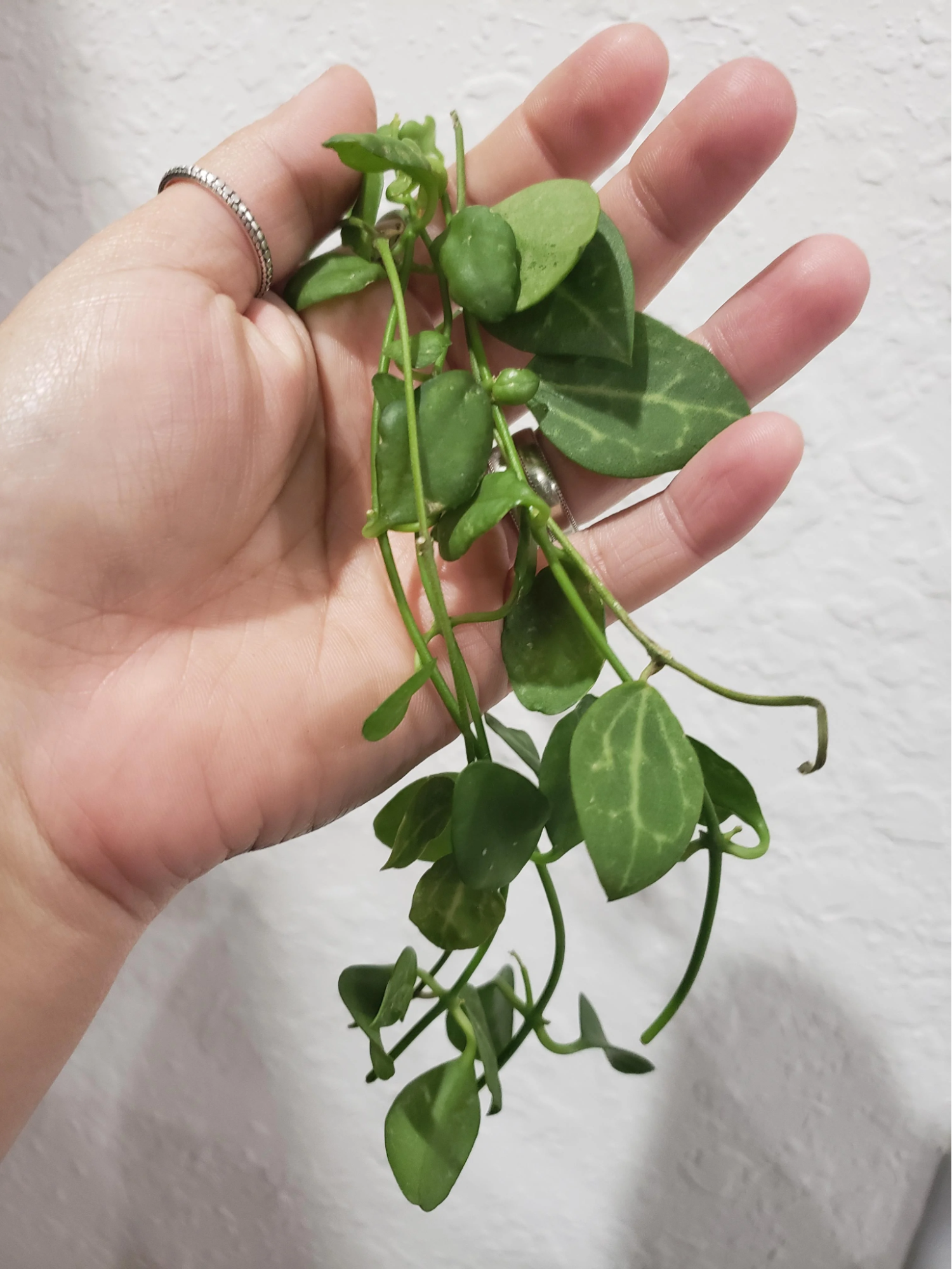
Image Source: Reddit
Besides this plant, we also make a full care guide on how to propagate Blue iris flower.
Propagating dischidia ovata is easy, but you must be patient. The vines need at least six months of warm weather before they will start to grow again. You must also take care not to over-water them or they’ll rot quickly.
Step 1: Take a cutting from your plant and remove all but the top 2 inches of leaves from it.
Step 2: Dip the end of the cutting into the rooting hormone, if desired.
Step 3: Stick the cutting into a potting soil mixture and push it down until only 3 inches remain above ground level. Cover it with plastic wrap and place it in a warm spot (ideally 75 degrees Fahrenheit) for 2 weeks before moving it to indirect sunlight or full light conditions once roots have formed.
Step 4: Water as needed during this time period; never allow the soil to dry out completely as this will kill your plant.
Why are my dischidia ovada leaves turning yellow?
When the leaves of Dischidia ovada turn yellow or fall off when touched, this is another sign that it is not getting enough light.
Where to buy Dischidia ovata
People who want to buy Dischidia ovata for their home or garden can find it at many locations around the world. Same as crispy wave fern, the most common places that sell this plant are gardening supply stores, specialty nurseries and online retailers. The on-trend plants now include polyscias fabian, crispy wave fern, monkey face orchid, manjula pothos.
Dischidia ovata VS. Other Dischidia ovata varieties (with pictures)
Dischidia vidalii
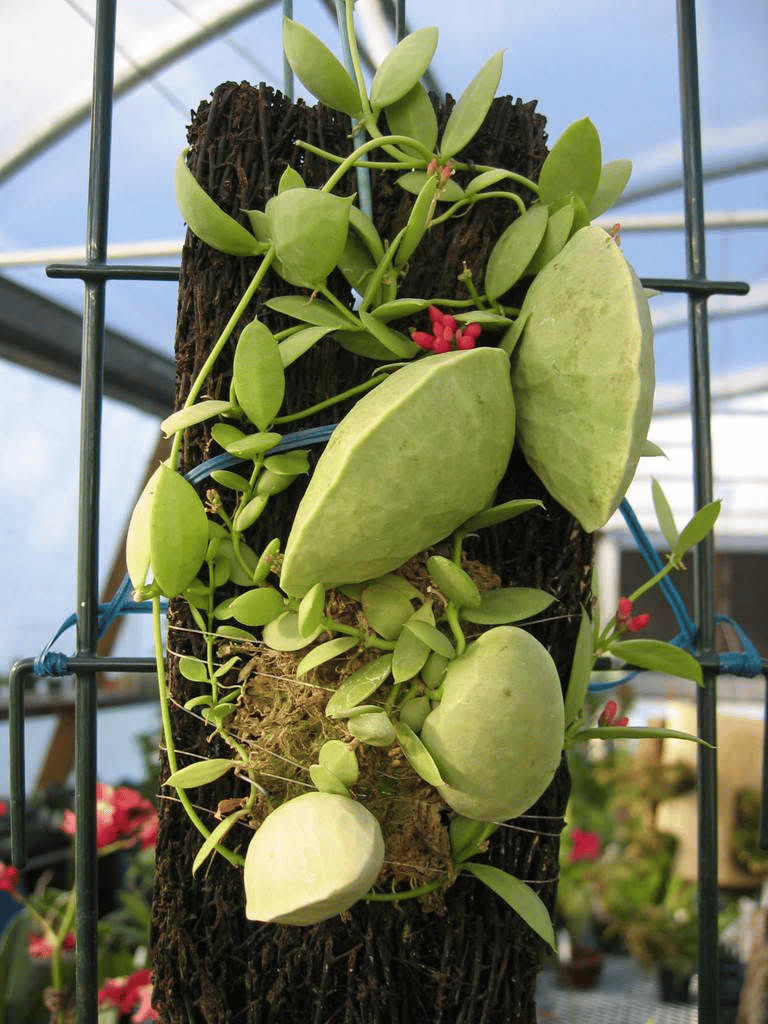
Image Source: Pinterest
Dischidia vidalii, also known as an “ant plant” or “kangaroo pouch,” is a type of plant. Dischidia vidalii has unusual flowers that look like tiny hanging pouches. These pouches are called kangaroo pouches because they look like kangaroo pockets.
Dischidia ruscifolia
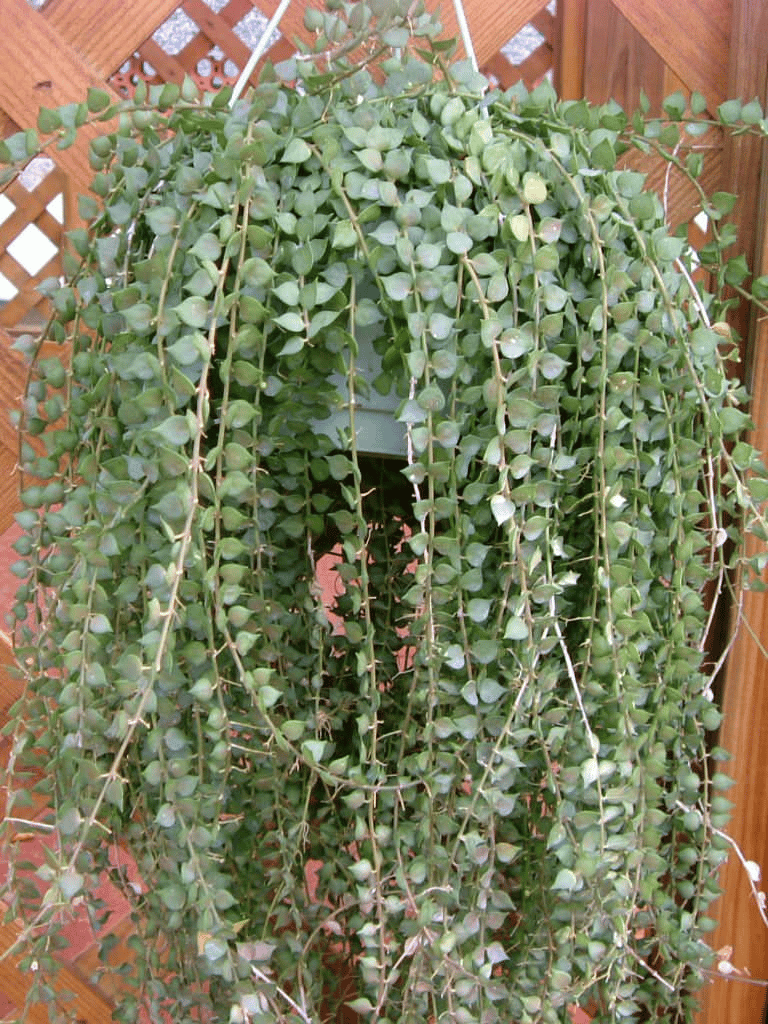
Image Source: Pinterest
Dischidia ruscifolia is a decorative plant with stiff, slender green shoots that can grow to be 3.3 feet tall. Dischidia ruscifolia has been used as a houseplant for many years. It requires very little care, making it an attractive option for those new to gardening or who do not have much time for their plants.
Dischidia nummularia
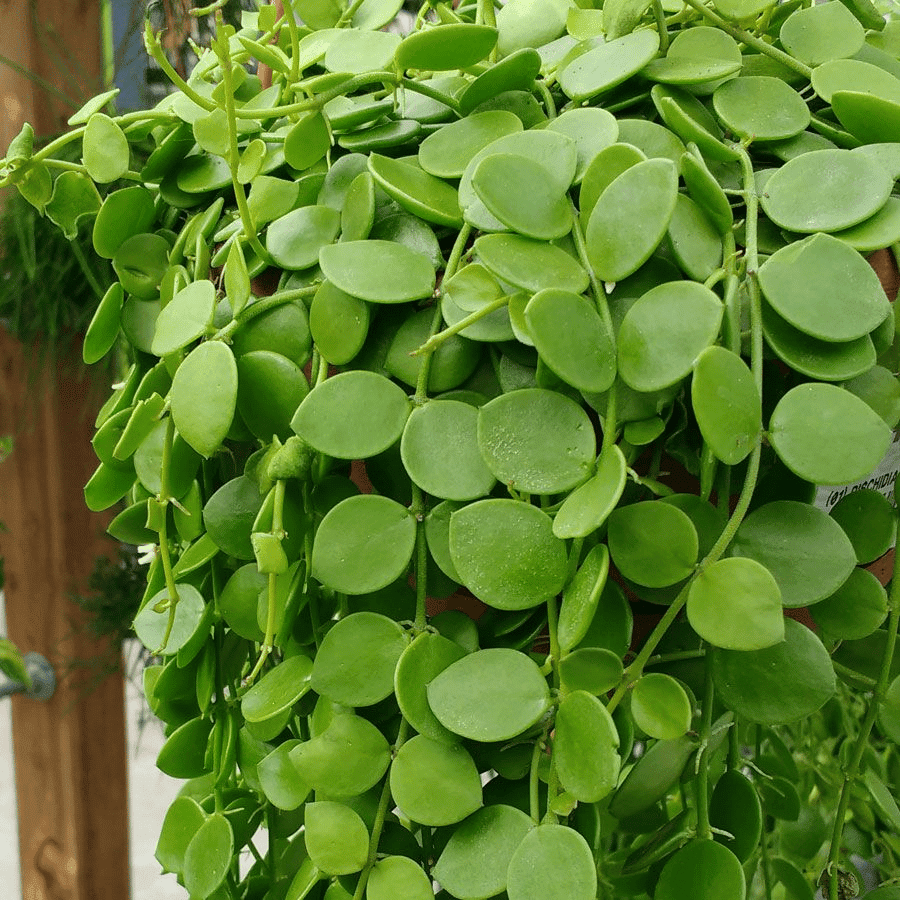
Image Source: Pinterest
Dischidia nummularia is a climbing epiphytic plant. Just as cebu blue pothos, it is one of the most common tropical house plants in the world. Dischidia nummularia prefers moist soil but will tolerate drier conditions once established. It does best in full sun but can tolerate partial shade if necessary.
Dischidia oiantha
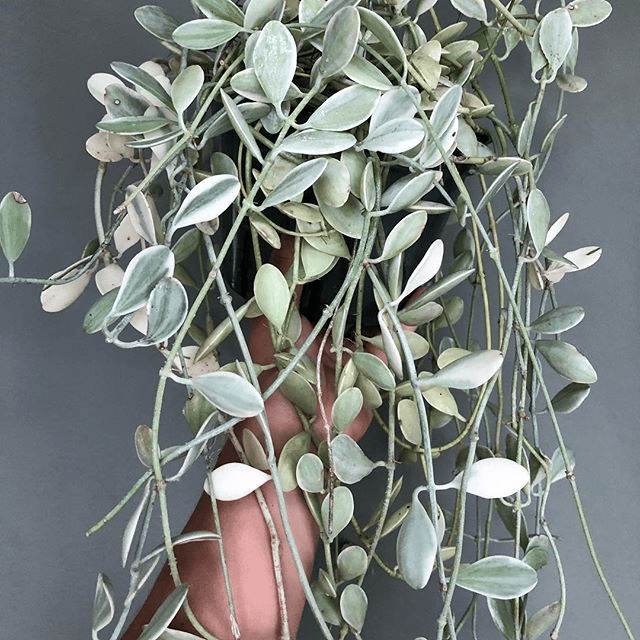
Image Source: Pinterest
Dischidia oiantha Variegata ‘White Diamond’ is a trailing epiphyte in the Apocynaceae family. This plant is native to China and the Philippines. It has a spreading growth habit and stems that trail along the ground up to six feet long.
For more step-by-step ideas, diy tips and guides, kindly visit the website guyabouthome.com providing the best garden & home improvement tips.


